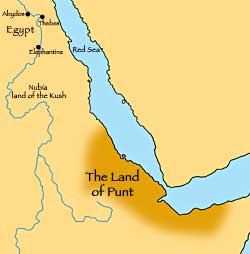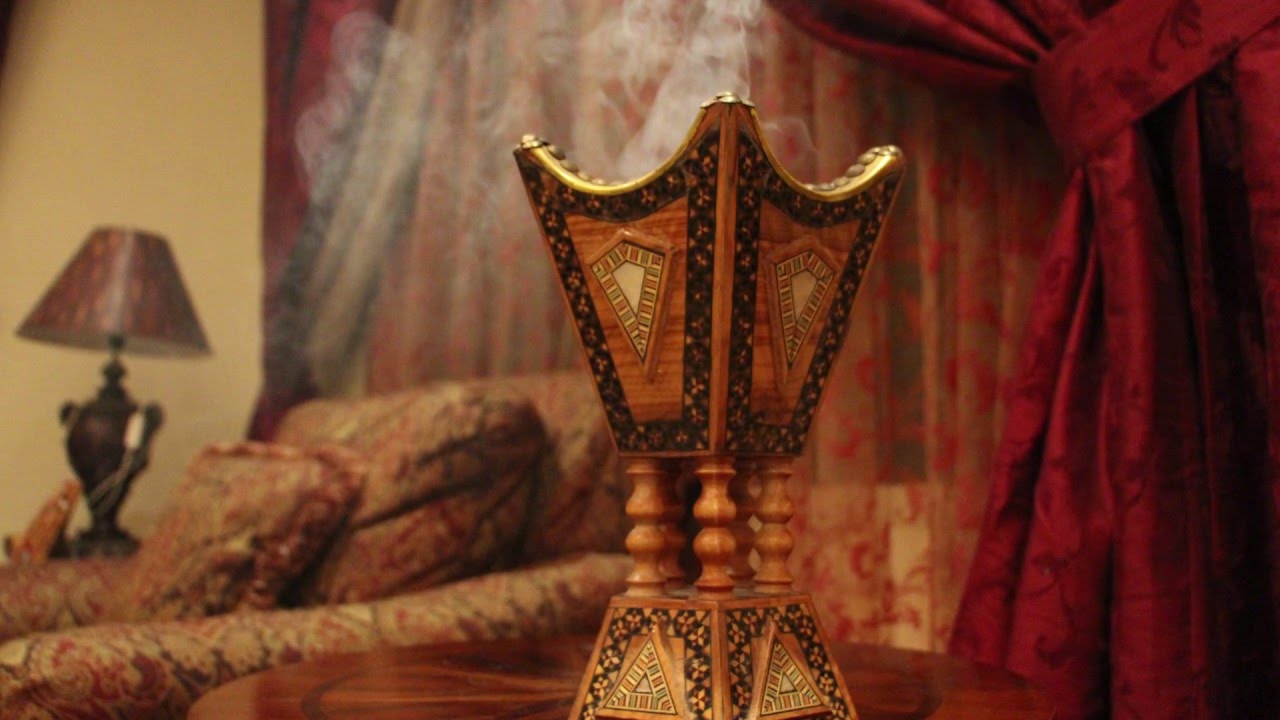Where is the land of of pnt? This mysterious place has been researched but little evidence appears. I believe the land of pnt to stretch from north east Sudan to Eritrea and then south to northern Ethiopia. Here is my evidence:
How did the Egyptians reach pnt?
1. "To confuse matters further, other references indicate that the Egyptians didn't always go by way of the Red Sea. Certain inscriptions imply that another option to reach Punt was to travel south along the Nile, through Nubia just to the south of Egypt, and beyond. Some scholars believe the Egyptians opted for this route when friendly peoples ruled Nubia (as during the Old Kingdom), and only chose the Red Sea option—and the much more involved desert crossing—when hostile kingdoms blocked the overland route to the south (as during the Middle and early New Kingdoms)."
The Egyptians used both the Red sea route and the Nile in order to reach Pnt. As pnt lyes just under the Red Sea. They used the Nile and then went on to use the tributary of the Nile (Atbara) in order to reach the realm of pnt.

2. "Yet Hatshepsut's relief appears to contradict that stance, as Kenneth Kitchen pointed out in a 1971 review of Herzog's work. Most indisputably, Kitchen notes, the fish that Hatshepsut's carvers depicted beneath the Punt ships, along with other marine creatures such as spiny lobster and squid, are clearly recognizable as species that swim to this day in the Red Sea."
Another point that show that the Red Sea was the docking and port of Pnt.
3. In 2010, a genetic study was conducted on the mummified remains of baboons that were brought back from Punt by the ancient Egyptians. Led by a research team from the Egyptian Museum and the University of California, Santa Cruz, the scientists used oxygen isotope analysis to examine hairs from two baboon mummies that had been preserved in the British Museum. One of the baboons had distorted isotopic data, so the other's oxygen isotope values were compared to those of modern-day baboon specimens from regions of interest. The researchers at first found that the mummies most closely matched modern specimens seen in Eritrea and Ethiopia as opposed to those in neighboring Somalia, with the Ethiopian specimens "basically due west from Eritrea". The team did not have the opportunity to compare the mummies with baboons in Yemen. The scientists believed that such an analysis would yield similar results since, according to them, regional isotopic maps suggest that baboons in Yemen would closely resemble those in Somalia. Professor Dominy, one of the lead researchers, concluded from this that "we think Punt is a sort of circumscribed region that includes eastern Ethiopia and all of Eritrea."[30] In 2015, the scientists conducted a follow-up study to confirm their initial findings.
Specimen of the pnt mummy matches that of the current animals of Ethiopia and Eritrea.

In conclusion, pnts most likely location is on the Red Sea coast of Eritrea and just south of the coast in present day Ethiopia. @Grant
How did the Egyptians reach pnt?
1. "To confuse matters further, other references indicate that the Egyptians didn't always go by way of the Red Sea. Certain inscriptions imply that another option to reach Punt was to travel south along the Nile, through Nubia just to the south of Egypt, and beyond. Some scholars believe the Egyptians opted for this route when friendly peoples ruled Nubia (as during the Old Kingdom), and only chose the Red Sea option—and the much more involved desert crossing—when hostile kingdoms blocked the overland route to the south (as during the Middle and early New Kingdoms)."
The Egyptians used both the Red sea route and the Nile in order to reach Pnt. As pnt lyes just under the Red Sea. They used the Nile and then went on to use the tributary of the Nile (Atbara) in order to reach the realm of pnt.

2. "Yet Hatshepsut's relief appears to contradict that stance, as Kenneth Kitchen pointed out in a 1971 review of Herzog's work. Most indisputably, Kitchen notes, the fish that Hatshepsut's carvers depicted beneath the Punt ships, along with other marine creatures such as spiny lobster and squid, are clearly recognizable as species that swim to this day in the Red Sea."
Another point that show that the Red Sea was the docking and port of Pnt.
3. In 2010, a genetic study was conducted on the mummified remains of baboons that were brought back from Punt by the ancient Egyptians. Led by a research team from the Egyptian Museum and the University of California, Santa Cruz, the scientists used oxygen isotope analysis to examine hairs from two baboon mummies that had been preserved in the British Museum. One of the baboons had distorted isotopic data, so the other's oxygen isotope values were compared to those of modern-day baboon specimens from regions of interest. The researchers at first found that the mummies most closely matched modern specimens seen in Eritrea and Ethiopia as opposed to those in neighboring Somalia, with the Ethiopian specimens "basically due west from Eritrea". The team did not have the opportunity to compare the mummies with baboons in Yemen. The scientists believed that such an analysis would yield similar results since, according to them, regional isotopic maps suggest that baboons in Yemen would closely resemble those in Somalia. Professor Dominy, one of the lead researchers, concluded from this that "we think Punt is a sort of circumscribed region that includes eastern Ethiopia and all of Eritrea."[30] In 2015, the scientists conducted a follow-up study to confirm their initial findings.
Specimen of the pnt mummy matches that of the current animals of Ethiopia and Eritrea.

In conclusion, pnts most likely location is on the Red Sea coast of Eritrea and just south of the coast in present day Ethiopia. @Grant






